First of all, I would like to congratulate the three winners in this competition “Most Legendary Car” especially to Ernest Kośka – First place winner. I know that this guy has a keen eye in details. Ok Let’s start what I’ve got . . .
Reference
Modeling
Other Entourage
Grass Vrmesh and model from 3dwarehouse gallery.
Lighting test
Texturing material
Sketchup scene layout
Entire 3d model scene layout with texture and sun shadow setting.
Texturing sample
I think this is the tricky part in all Vray material by adding reflection, balancing parameters, add some filters in the material. In this simple tutorial, I want to show you how to separate some parts of non reflective material using dirt map.
Environment sun setting
From default setting I adjust only the sun size 1 to 5 to make shadow not too much sharp.
Other parameters
From default setting I adjust only DMC sampler, Output, IRR and LC.
Raw render output
Final image resolution is 3000 × 1949 pixels. My computer is very slow and it took me about 9 hours to render the scenario.
Post processing
Post processing was performed only in Photoshop with too much trial and error masking and layering.
Here’s my collection of crop image to highlights the scene and add more drama.
Here’s my individual layer and masking of different texture.
Adjusted brightness and contrast base on my preferences.
My tin scrap toy ENTRY.
Thank you very much.
Zernan Suarez - http://humster3d.com/2014/12/17/making-of-my-tin-scrap-toy/
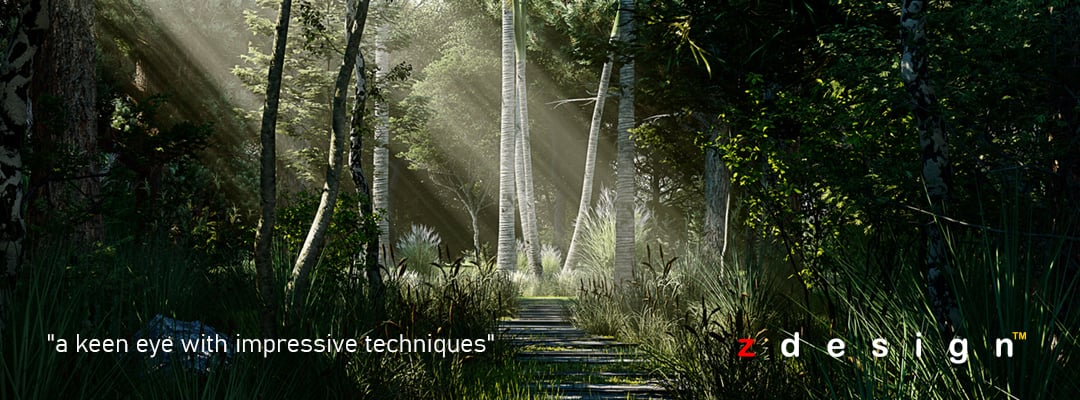

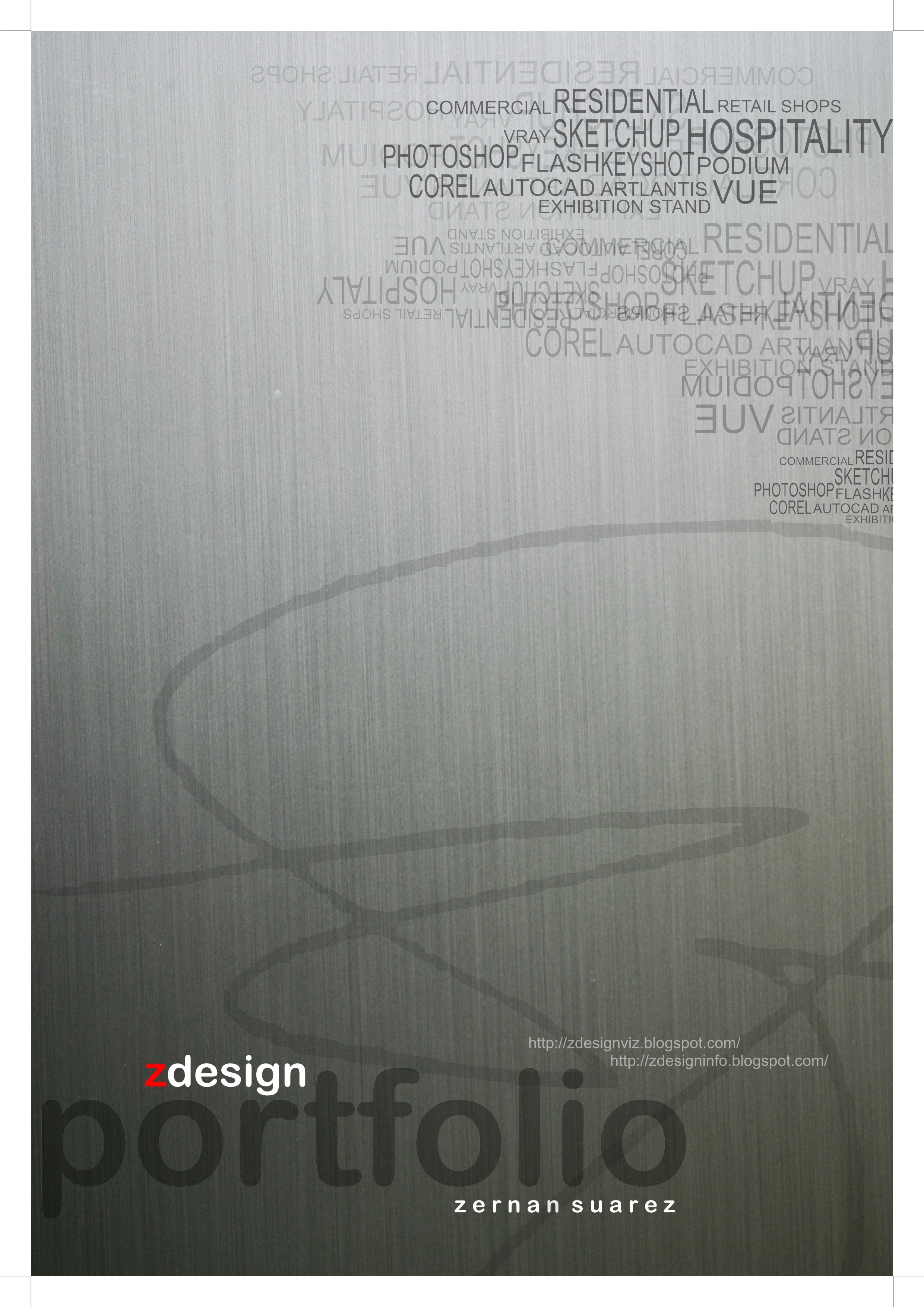
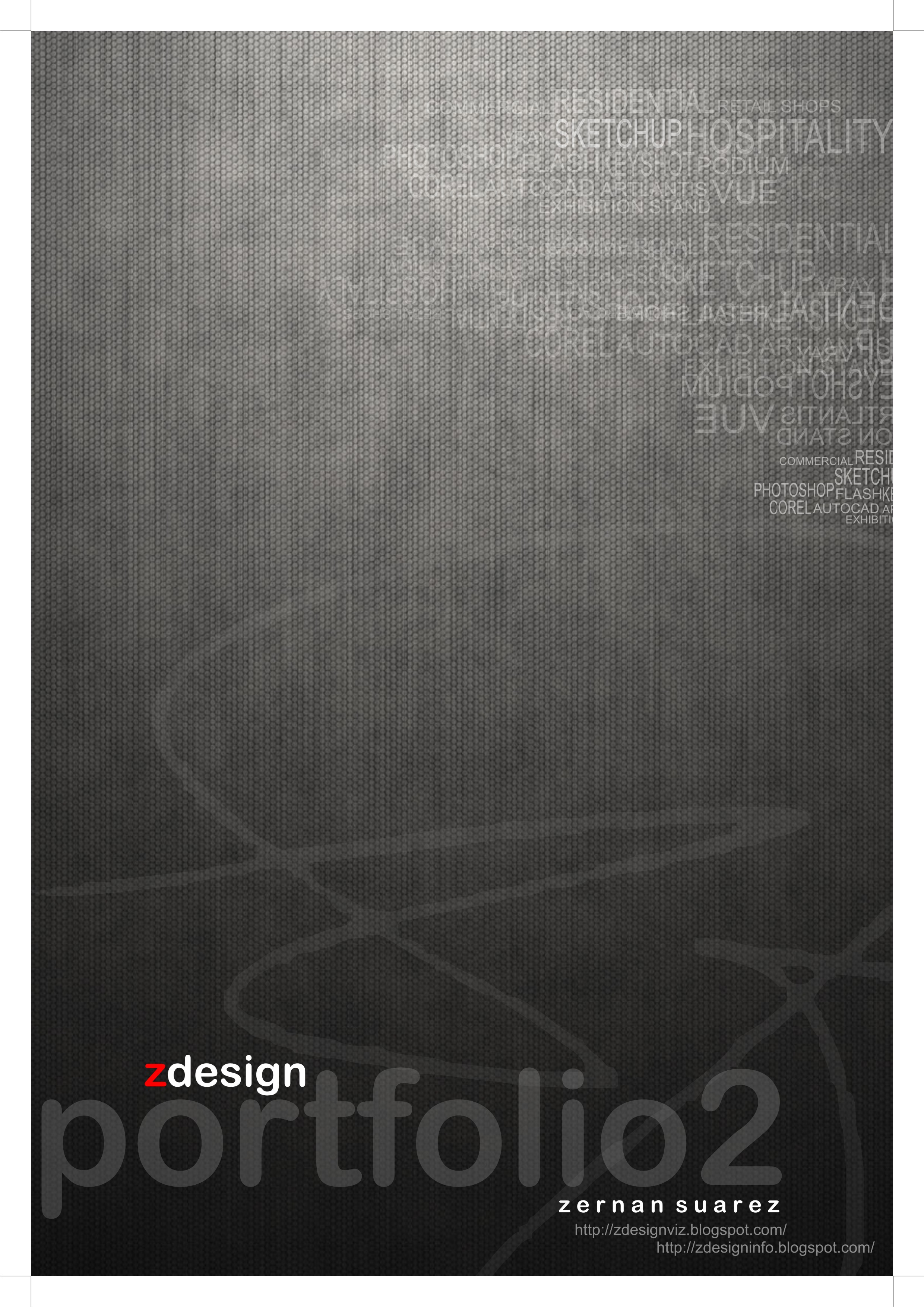
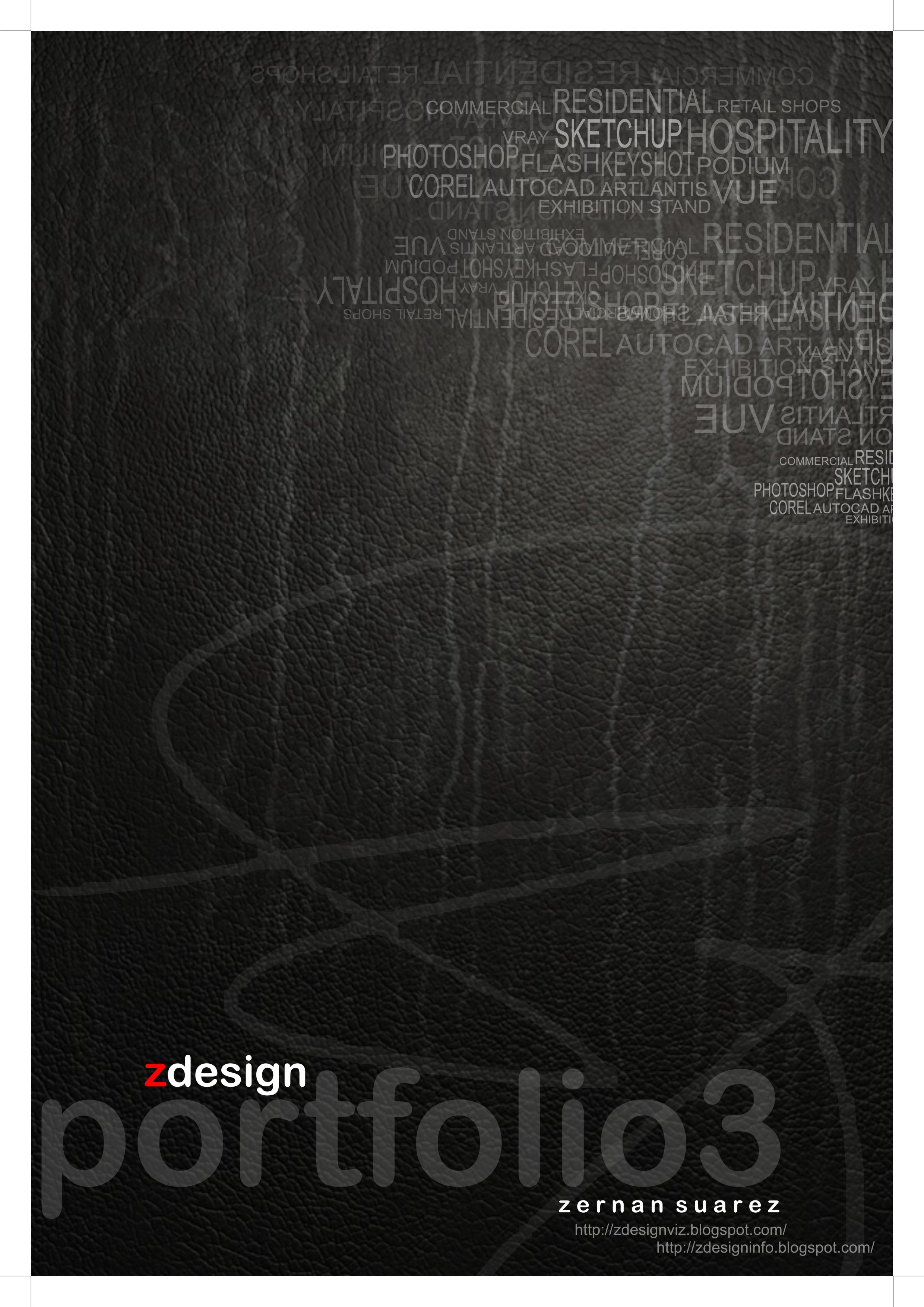

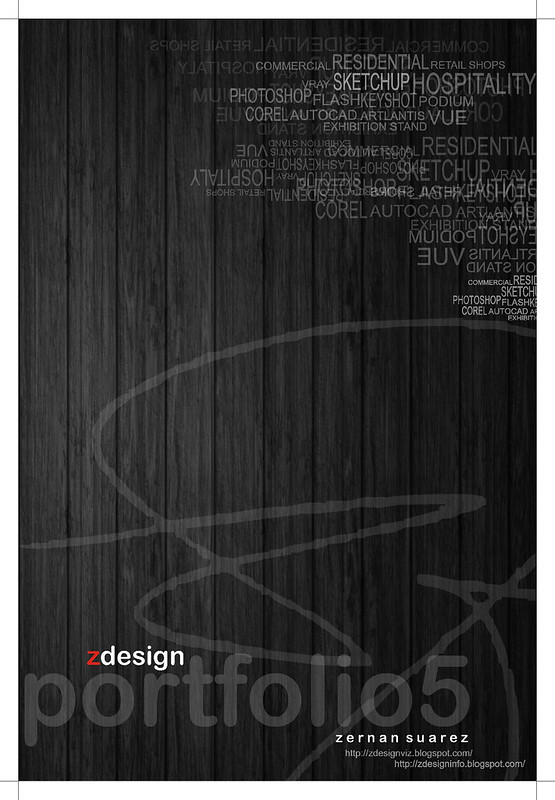
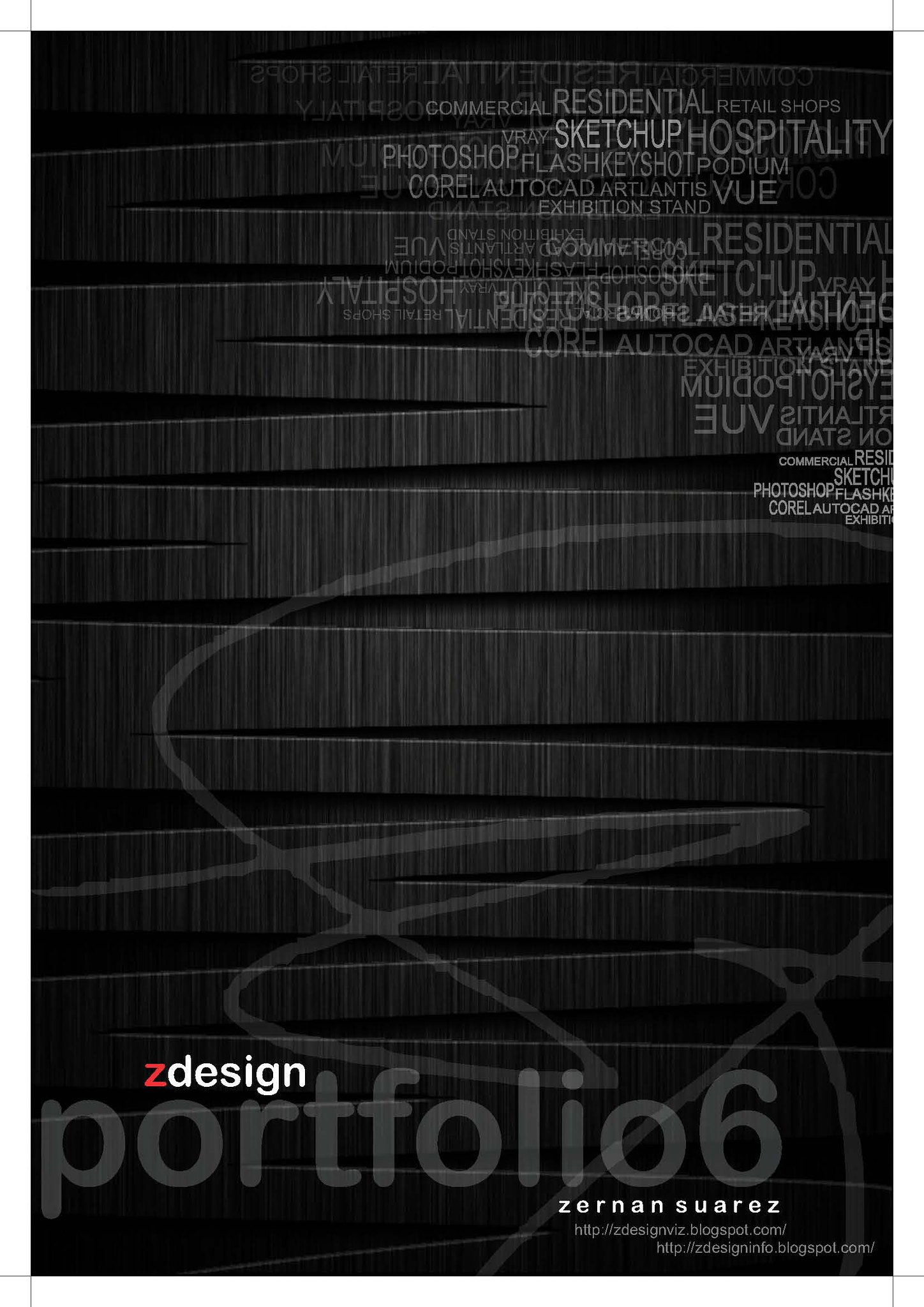
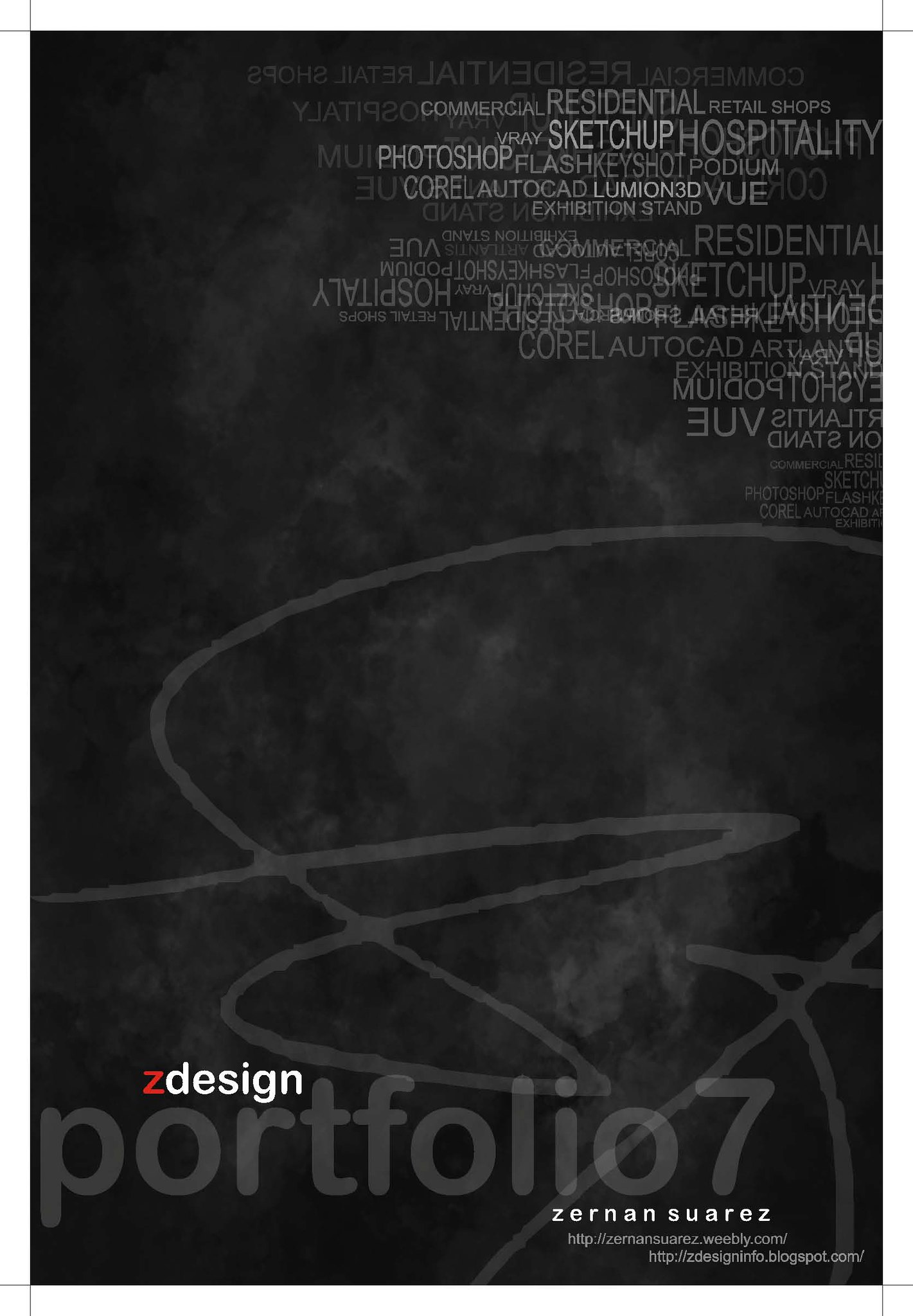
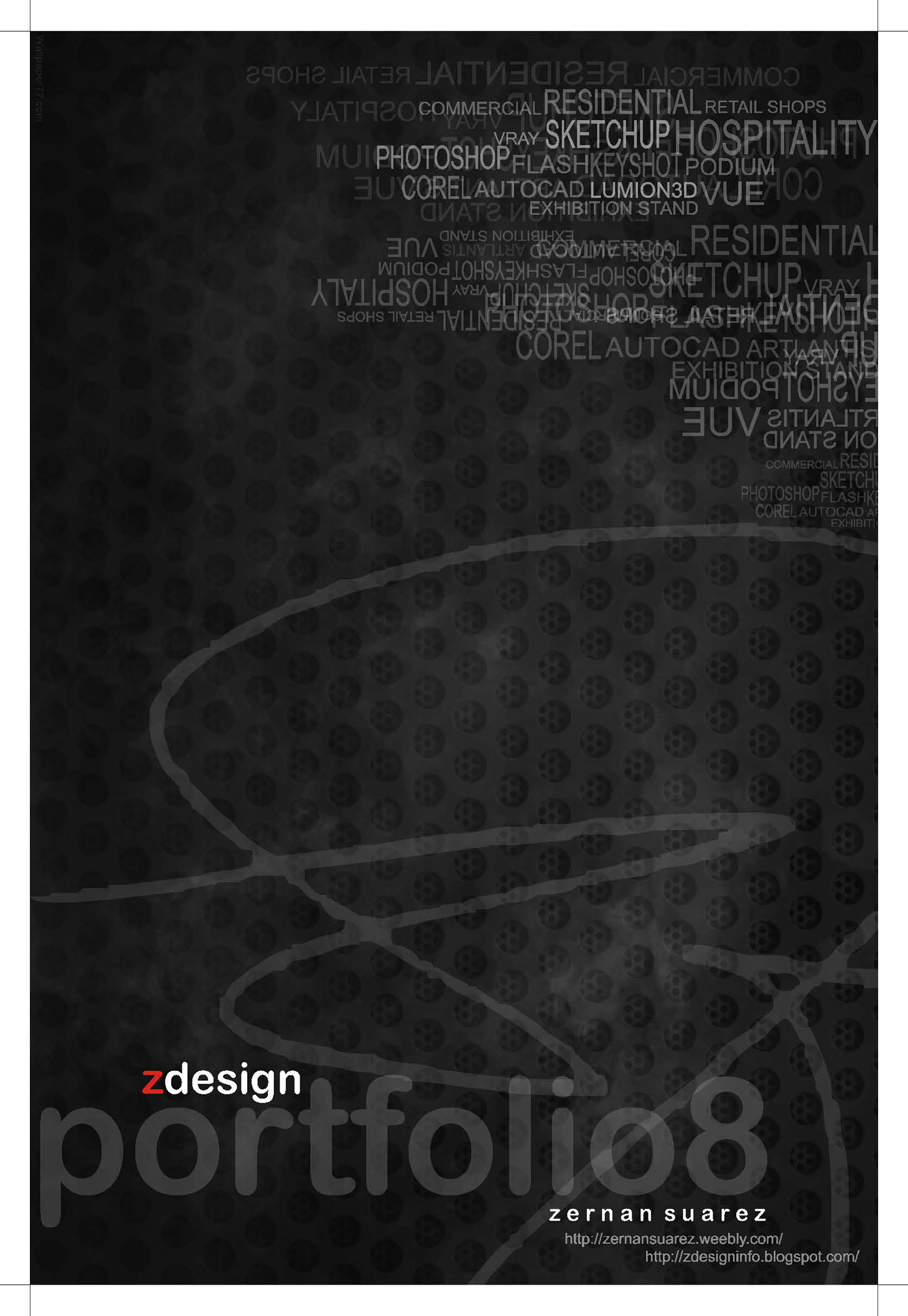
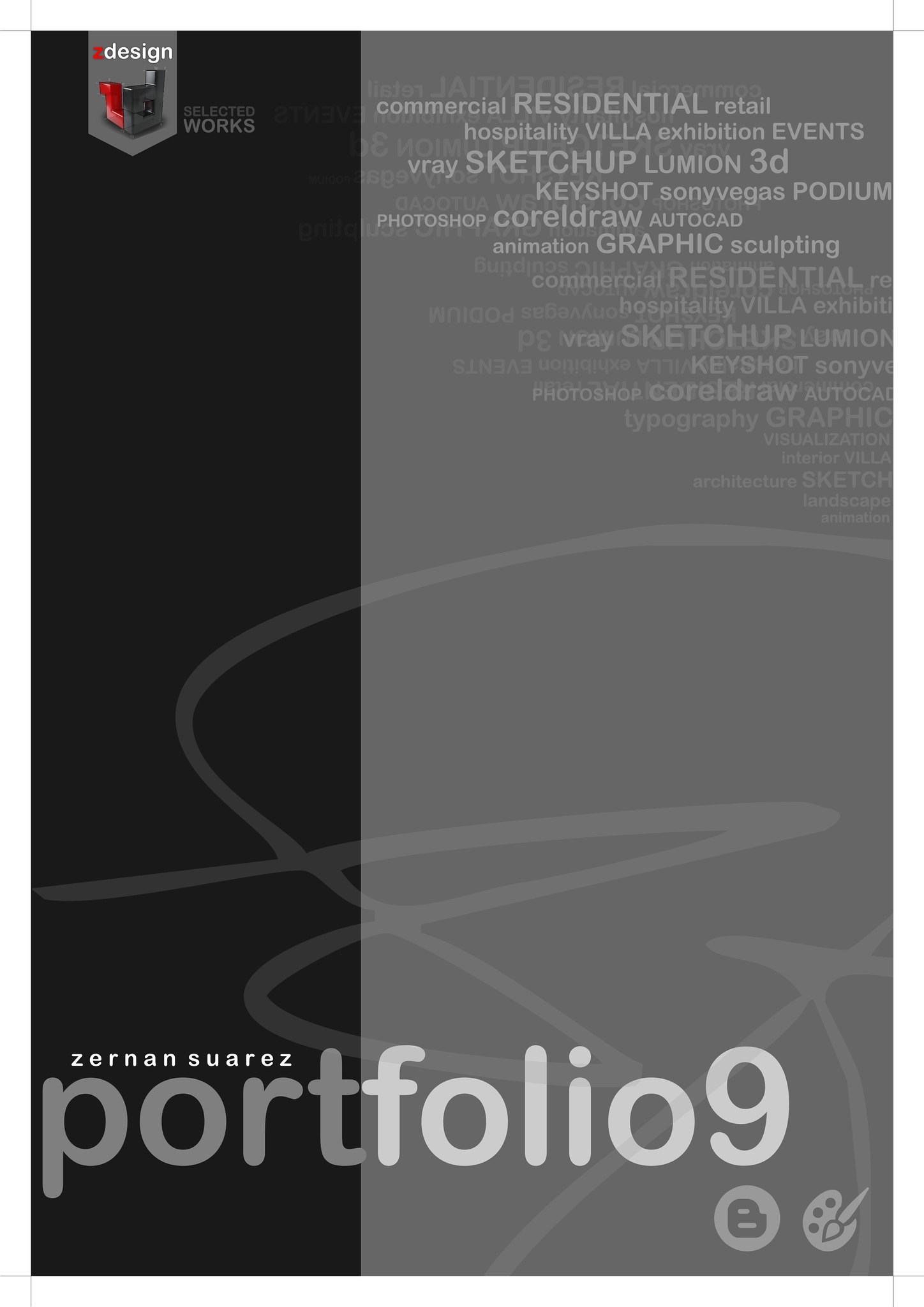
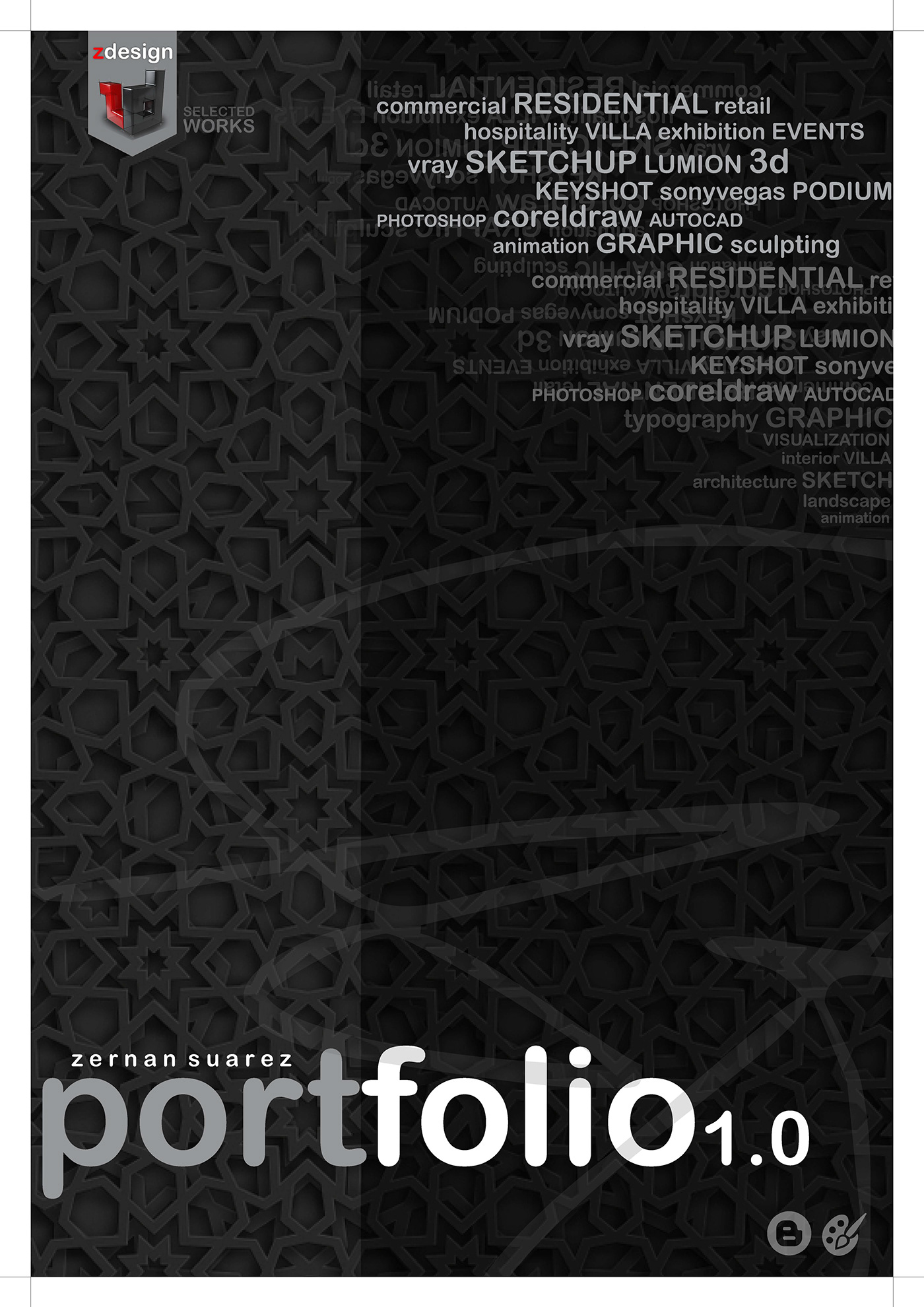
This comment has been removed by a blog administrator.
ReplyDelete